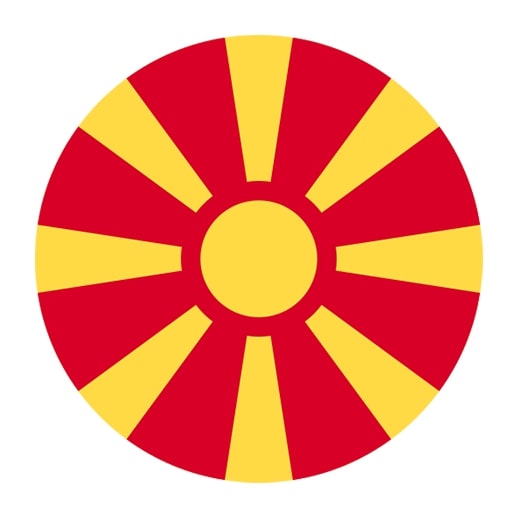Macedonian Grammar Exercises
Looking to build confidence in Macedonian? Practicing grammar exercises is a great way to understand sentence structure, verb forms, and the unique features of the Macedonian language. Start exploring Macedonian grammar today and see your skills and fluency grow with each exercise!
Get started
The most efficient way to learn a language
Try Talkpal for freeMacedonian Grammar Topics
Macedonian, a South Slavic language, is the official language of North Macedonia. It is spoken by over two million people worldwide and offers a unique linguistic experience due to its specific grammar rules and rich vocabulary. This guide will provide you with an overview of the essential Macedonian grammar topics, organized in a sequence that will facilitate your learning process. From tenses to sentence structures, we will cover all the necessary information to help you get started on your journey to mastering the Macedonian language.
1. Nouns:
Like other Slavic languages, Macedonian nouns have three genders (masculine, feminine, and neuter) and are inflected for case and number. Learning the gender and the correct inflections is crucial to forming grammatically correct sentences.
2. Articles:
the Macedonian language has only one definite article, which varies by gender and case. There are no indefinite articles in Macedonian, but the numeral “one” can be used similarly.
3. Adjectives:
Adjectives in Macedonian agree with the nouns they modify in gender, number, and case. They have both long and short forms, which are used in different contexts.
4. Pronouns/Determiners:
Macedonian has a variety of pronouns and determiners, which are essential in forming sentences. They replace or modify nouns and agree with them in gender, number, and case.
5. Verbs:
Verbs are central to Macedonian grammar. They conjugate for person and number and have various tenses, aspects, and moods.
6. Tenses:
Macedonian has three basic tenses – past, present, and future. They are formed using different verb conjugations and auxiliary verbs. It is essential to understand the formation and usage of each tense to express actions and events accurately.
7. Tense Comparison:
Comparing actions and events in different tenses is essential to convey meaning. In Macedonian, this comparison is achieved by using specific verb forms and auxiliary verbs.
8. Progressive:
The progressive aspect in Macedonian is used to indicate ongoing actions. It is formed using the present tense of the verb “to be” and the present active participle of the main verb.
9. Perfect Progressive:
This aspect combines the progressive and perfect aspects to describe actions that were ongoing in the past and have a connection to the present. It is formed using the present tense of the verb “to be” and the past active participle of the main verb.
10. Adverbs:
Adverbs in Macedonian are used to modify verbs, adjectives, or other adverbs. They usually don’t change their form and can be easily recognized by their typical endings.
11. Conditionals:
Macedonian has three types of conditionals – real, unreal, and potential. They are used to express hypothetical situations and their consequences.
12. Prepositions:
Prepositions in Macedonian are essential in forming phrases and sentences. They indicate various relationships between words, such as location, direction, time, or cause.
13. Sentences:
Understanding the structure of Macedonian sentences is crucial for effective communication. Macedonian sentences typically follow the subject-verb-object (SVO) word order, but variations can occur depending on the emphasis and context.








